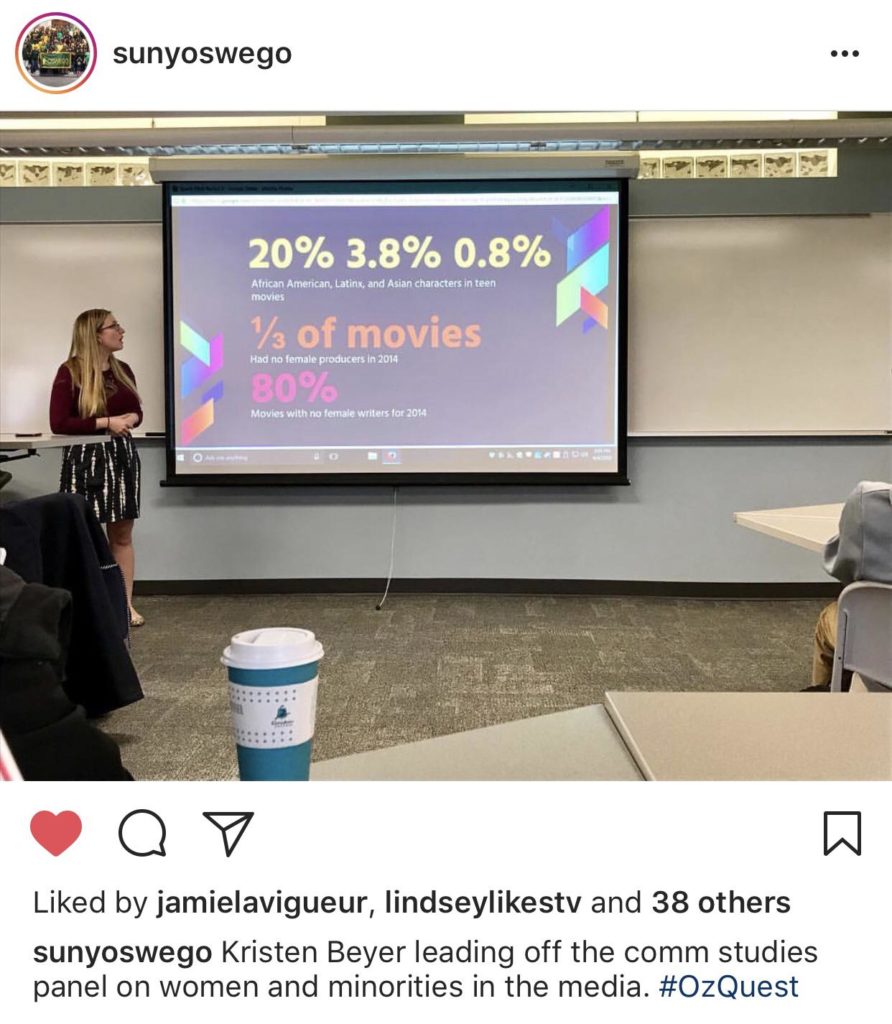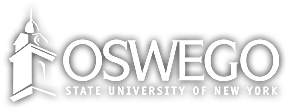Submitted by Kaila Curatalo
Etiquette: Minding Your Manners
The first presentation that I attended was a presentation about the different types of business etiquette. What to do and not to do in the work place, interview etiquette, email etiquette and in case you ever want to quit your job, the successful ways to go about it. To start off with the topic of interviewing, always be early. Whenever attending an interview it is crucial that you dress appropriately in business attire. When meeting the person who is interviewing be sure to shake their hand and be prepared for small talk. Also be sure that you listen carefully through out the interview and if you do not understand something, speak up and ask them to repeat themselves. Make sure you always being extra resumes and although most people do not think to send a thank you note, it shows that you are appreciative and serious about the job position.
Through out the presentation the group discussed the six rules of business etiquette, which are promptness, preparation, appearance, decorum, e-mail formatting and communication appropriateness. By being prepared in those six skills you will look more professional and more likely be hired for the job. One of the most important skills to have in this technological day in age is good email etiquette. Be sure that you are not using email just to avoid face-to-face communication. Always know that email is not private, so your messages need to be professional or work related in case they get into the wrong hands, and as always be sure to reread your emails and make sure your grammar, spelling and punctuation are all correct.
Quitting a job always seems like it would be an awkward or uncomfortable process, but after watching this presentation, leaving a corporation or business in the correct fashion can actually help your future endeavors. Always give enough notice to your job when you are putting in your recognition. The standard is two weeks, but some companies may require up to a year in advance notice. You never want to burn any bridges with your employers so letting the company have adequate time to replace you is the respectable thing to do. Ask if you can train your replacement, finish any projects that your working on, leave a clean workspace, ask for references and thank your supervisor for the opportunity and training. After watching this presentation I am more familiar with what I need to have to have good business etiquette.
Networking: Your Key to Success
The next presentation I attended was about what may most be the most important aspect of our society today, networking. Networking opens up new doors for you every day. Meeting new people and making new connections proves to be very beneficial in the business world.
There are many places right on campus at SUNY Oswego that open opportunities for you to network. The Compass has services such as the Leadership Development Program, Major Career Exploration, Career Services and Experience-Based Education. The ASK mentoring program pairs you with an alum to explore your field of career interest. With the help of your alumni mentor, you can find what truly interests you and they can help you to begin to network yourself.
Being involved around campus can quickly increase your networking status. The many different jobs the school offers in places such as residence life and housing, Cooper and Glimmerglass gyms and the dining halls can help you meet new people and create networks. Also the different activities and clubs such as Greek life and the numerous different varsity sports can help you network yourself. Although social networking sites such as Facebook and Twitter have become highly popular within the last few years you have to be extremely careful about what you put on your site. Some companies hire people who can hack your account to see the types of things you put on your page. Always make sure you are putting things on the Internet that you would want people to see, not something that people could use against you.
Managing Conflict: A Soft Skill
The third presentation that I attended was about conflict management. Many people view that conflict it a bad thing, but throughout this presentation you being to see that sometimes conflict can be a good thing. Conflict is normal in the everyday workplace and normally if everyone communicates properly it can be easily solved. Conflict will test the strengths of individuals, and will help you learn about the strengths of others. It has been proven that when conflict is involved it actually improves your performance rate.
When being faced with a conflict don’t be afraid to ask questions. Getting a variety of different sources is crucial in the resolution of a conflict. In the pre-negotiation stage, first start of the conversation, and find out if everyone is willing to communicate. Then agree on the discussion rules and be organized. During the negotiation bring everyone’s concerns to light and show the current options. Once this is done, evaluate the options then write a written agreement. Last in the post-negotiation make sure you take action and seek outside support if needed. The most important aspect of solving a conflict is that both parties need to be willing to negotiate. Solving conflict will help you and your business succeed.
Becoming a Leader
The last presentation that I went to was about becoming a leader. Every good business has people that step up and become leaders to their co-workers. Every leader must have good communication traits and create different approaches to management. There are five different leadership styles, which are social, task, balance, leaderless and moderate. A balanced leader has a high concern for the task and a high concern for the people. The balanced leader is the ultimate leader and has great communication skills. A moderate leader has moderate concern for the task and moderate concern for the people, and although this is not the best case, this is in reality what most leaders are.
Leaders need to have good communication traits that will continue to make them better leaders. They have to have a willingness to communicate. Leaders also need to have a sense of argumentativeness, which is being able to exchange ideas that state positions providing support for those positions. Leaders that are high in argumentativeness are likely to have more influence in an organization. Leaders need many skills in order to be successful such as strategy, writing and speaking. Emotional intelligence, cultural literacy and listening are also key character traits of a leader. One of the most important traits of being a leader has to be credibility; if your co-workers do not think you are credible you are most likely not going to be taken seriously in the workplace.
 In 15 minutes with added time for questions, I presented on the race and gender dynamics within Pitch Perfect 2 and how the content could be problematic when representing women and minorities. My presentation was based off of a paper I did for my children, women, and minorities in media class, which I took as part of my broadcasting curriculum. This paper included literature review of different studies and examination of media which I then applied in my own analysis of the movie. For the presentation, I selected the major points of my work and elaborated on them, supplemented by video clips and movie stills.
In 15 minutes with added time for questions, I presented on the race and gender dynamics within Pitch Perfect 2 and how the content could be problematic when representing women and minorities. My presentation was based off of a paper I did for my children, women, and minorities in media class, which I took as part of my broadcasting curriculum. This paper included literature review of different studies and examination of media which I then applied in my own analysis of the movie. For the presentation, I selected the major points of my work and elaborated on them, supplemented by video clips and movie stills. 


